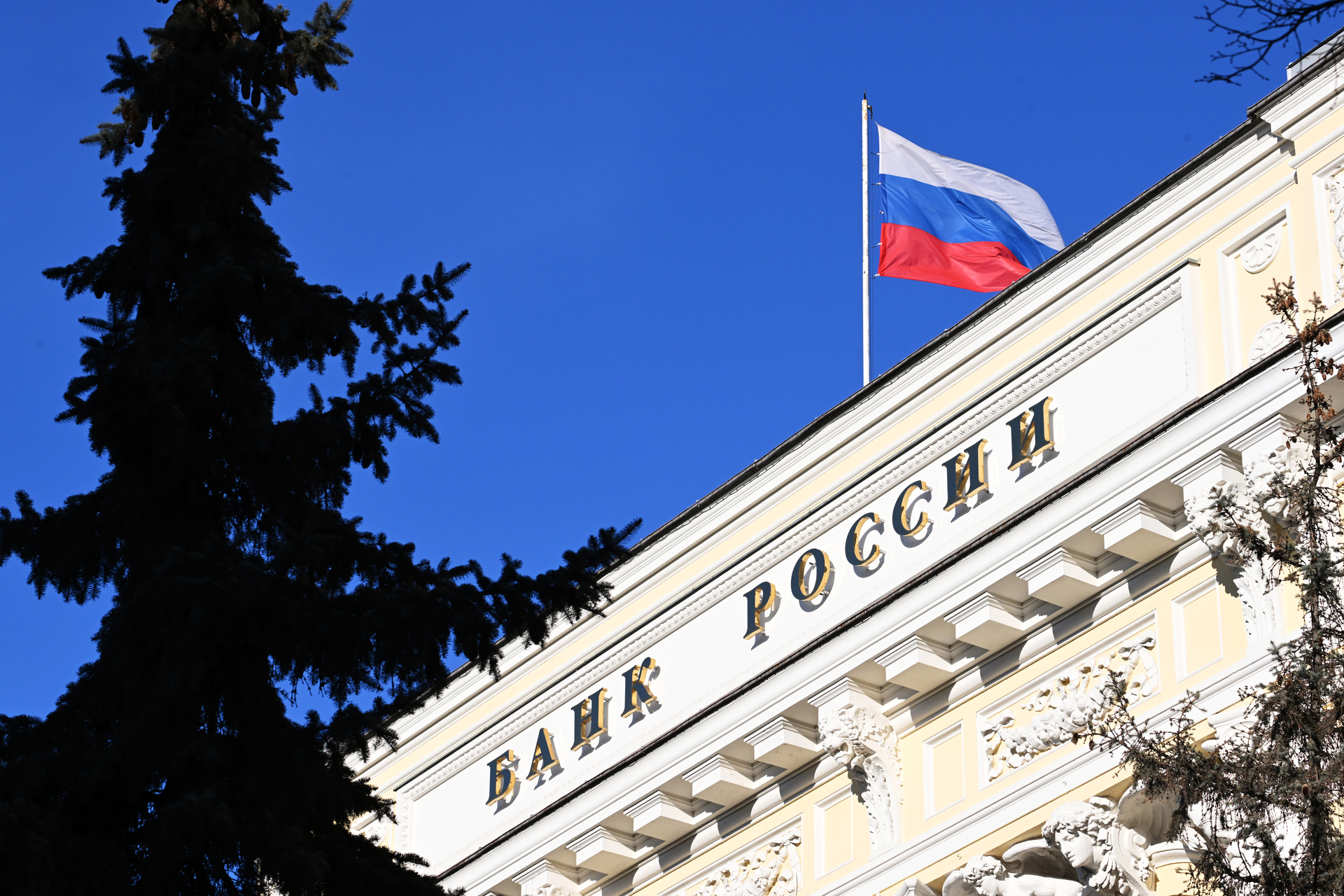At the end of 2022, the key rate of the Bank of Russia may drop to 7% per annum.
Anatoly Aksakov, Chairman of the State Duma Committee on the Financial Market, shared this opinion in an interview with RT.
According to him, the decrease in the indicator looks natural against the backdrop of the stabilization of the situation in the foreign exchange market and in the economy as a whole.
“The acute phase of the crisis has been overcome, and now the phase of adaptation to new conditions has begun.
The ruble has been steadily strengthening recently, and inflation is slowing down, which opens up new room for maneuver for the Central Bank.
A systematic reduction in the rate will help revive economic activity,” Aksakov said.
On June 10, the Board of Directors of the Central Bank decided to lower the key rate to 9.5% per annum.
Thus, the value returned to the pre-sanction level.
Recall that since the end of winter, the United States, the European Union and a number of other countries continue to introduce ever new economic restrictions against Russia.
This is how the West reacts to the conduct of a military special operation in Ukraine.
Initially, the sanctions provoked an emotional reaction from the financial market and ordinary consumers, which led to a sharp weakening of the ruble and an increase in consumer prices.
To normalize the situation, the Central Bank took a set of measures, in particular, sharply raised its key rate - from 9.5% to a record 20% per annum.
The Central Bank took this step to significantly increase bank interest on loans and deposits.
Thus, it was planned to cool consumer demand in the economy, as well as to bind the excess money supply in circulation and direct it to deposits.
All this was supposed to put pressure on inflation in the country.
“Traditionally, the key rate is a defining indicator for banks when forming proposals for financial products.
Against the backdrop of high rates, consumption has declined and the demand for credit products has weakened, ”Sergey Suverov, investment strategist at Arikacapital, told RT.
RIA News
© Sergey Guneev
As a result of the actions of the Central Bank in March, the average rate on consumer loans for a period of one to three years increased from 14.16% to 19.64%, and in April reached 21.38% per annum, according to the materials of the regulator.
In turn, the average interest on mortgages for new buildings from late February to early April rose from 11.68% to 20.72%, and for secondary housing - from 11.59% to 20.34%.
Such data is provided by the company "DOM.RF".
Meanwhile, the profitability of bank deposits increased by almost 2.5 times.
According to the Central Bank, if at the end of February the maximum rate on ruble deposits in the ten largest Russian banks averaged 8.59%, then in early March the value reached 20.51% per annum.
At the moment, as inflation slows down and the monetary policy of the Central Bank is easing, Russian banks have again begun to reduce interest on deposits and loans.
For example, the average market mortgage rate has already fallen to about 11.4% per annum.
At the same time, experts interviewed by RT predict a further decline in the indicator in the near future.
According to Anatoly Aksakov, over the next few months, market mortgage rates may fall below 10%.
Moreover, according to a member of the Supervisory Board of the Guild of Financial Analysts and Risk Managers Alexander Razuvaev, by autumn the value may reach the level of 8.5-9% per annum.
“The rates on ordinary consumer loans can be reduced to 11-12%.
However, banks will approach this process more cautiously, since the default rate on such loans is higher than on other financial products.
Therefore, in this case, credit organizations will evaluate potential borrowers more carefully than, for example, for mortgage loans, ”Razuvaev said in an interview with RT.
RIA News
© Alexey Filippov
To date, the average maximum rate on deposits in Russia has already returned to the level of 9.85% per annum.
According to Sergei Suverov, in the future, the value may fall below the 7% mark.
“At the same time, banks will try to retain loyal customers and offer them profitable options for extending deposits, as well as make promotions to attract new audiences.
This will somewhat slow down the outflow of capital from the banking sector, ”said the interlocutor of RT.
A similar point of view is shared by Alexander Razuvaev.
According to the expert's forecast, by the end of this year, deposit rates will stabilize in the range of 6-8% per annum.
At the same time, the Russians can begin to actively transfer funds to the stock market, the specialist did not rule out.
“First of all, we are talking about bonds, the yield of which is higher compared to a bank deposit.
Depositors are unlikely to transfer money into foreign currency.
In March, some citizens in a panic began to buy currency at a high rate, trying to save their savings, but this tactic did not work.
Therefore, citizens naturally lost interest in the dollar and the euro, ”concluded Razuvaev.

